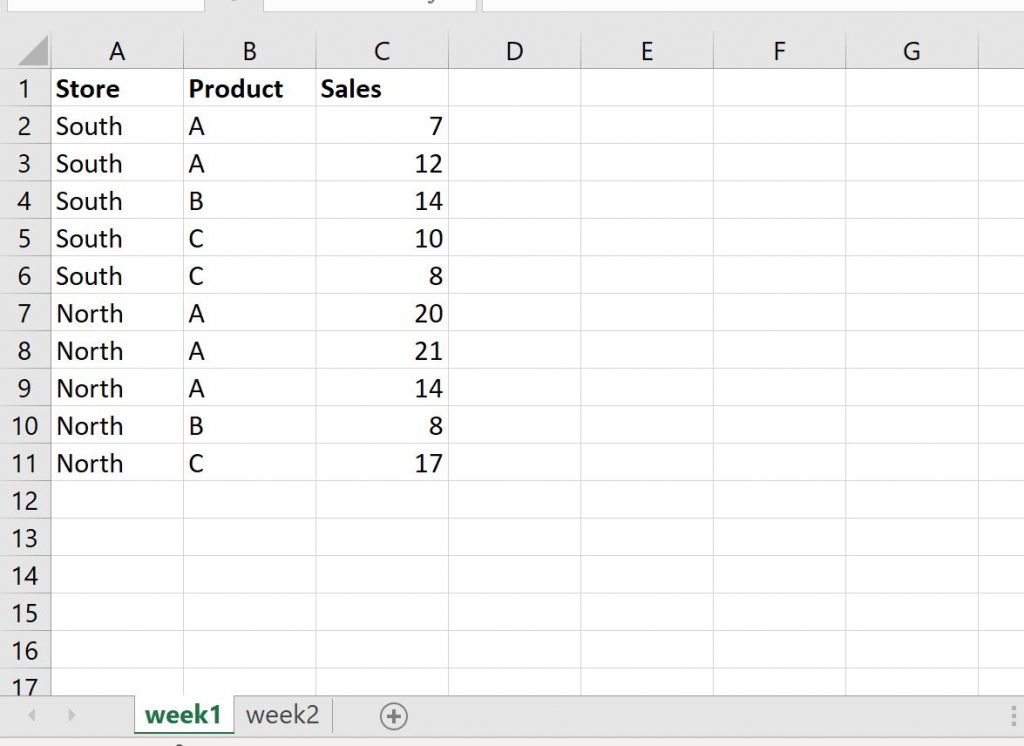Get ATM Paperwork: Your Essential Guide

Introduction

Setting up an ATM machine, whether for your business or for personal use, involves a significant amount of paperwork. This guide is tailored to walk you through the essential documents you’ll need to ensure a seamless setup process. From selecting the perfect location to compliance and financial agreements, we’ve covered everything in detail.
Understanding the Need for an ATM

Before diving into the paperwork, it’s important to understand why having an ATM can be beneficial:
- Increase customer convenience: Provides easy access to cash, enhancing the customer experience.
- Generate revenue: Earn money through surcharge fees when customers use your ATM.
- Attract more customers: An ATM can be a draw for people looking for quick cash access.

Location and Lease Agreement

The first document you need to secure is the lease agreement for the ATM location. Here’s what you should consider:
- Type of Location: Choose between retail, stand-alone, or inside a business.
- Lease Terms: Define the length of the lease, rent amount, and termination clauses.
- Usage Rights: Ensure the agreement specifies your rights to install, maintain, and service the ATM.
🚨 Note: Review the lease agreement with your attorney to ensure it’s in your favor and protects your investment.
Compliance Documents

Compliance with local, state, and federal regulations is a must:
- Local Permits: Secure business permits, zoning approvals, or any special use permits required.
- ADA Compliance: Ensure the ATM meets the Americans with Disabilities Act requirements for accessibility.
- Security Regulations: Install necessary security measures like alarms or cameras to comply with local security regulations.
Vendor and Equipment Contracts

Selecting the right ATM vendor and signing the necessary contracts is crucial:
- Equipment Purchase or Lease Agreement: Decide whether to buy or lease the ATM. The agreement should cover:
- Terms of purchase or lease
- Maintenance and service agreements
- End-of-term options
- Software and Services: Contract for software that handles transaction processing, cash management, and potential online banking services.
Financial Arrangements

Securing funding or processing agreements involves several steps:
- Business Plan: Draft a business plan if you’re seeking funding. Include market analysis, revenue projections, and cost breakdown.
- Bank Sponsorship or Independent ISO Agreement: Choose between operating under a bank’s sponsorship or as an Independent Sales Organization (ISO).
- Cash Funding Agreement: Establish how cash will be loaded into the ATM, either through a vault service or direct cash management by you.
| Document Type | Why It’s Needed |
|---|---|
| Lease Agreement | Defines terms for ATM location |
| Compliance Permits | Legal operation of the ATM |
| Vendor Contracts | Equipment supply and services |
| Financial Agreements | Funding, transaction processing |

🛠️ Note: Ensure that all financial agreements include dispute resolution mechanisms and clear exit strategies.
Marketing and Customer Support Documentation

Marketing is crucial to draw attention to your new ATM:
- Branding Agreement: If you’re operating under a bank’s brand, there will be branding guidelines to follow.
- Signage and Advertising: Create and display signage, possibly coordinate with the property owner for external ads.
- Customer Support Materials: Prepare user guides, contact information for support, and possibly install an emergency contact button.
Final Thoughts

Setting up an ATM requires attention to detail, compliance with regulations, and a keen eye on financial arrangements. From selecting the location to finalizing vendor contracts, each document plays a critical role in ensuring a successful operation. With this guide, you’re well on your way to understanding the paperwork involved and navigating through the setup process.
How much does it cost to install an ATM?

+
The cost can range significantly based on whether you buy or lease the machine, location lease, setup, and initial cash load. Typically, expenses can range from 2,000 to 20,000 or more.
Is it better to buy or lease an ATM?

+
It depends on your financial situation and business needs. Leasing might offer lower upfront costs with maintenance included, while buying could be more cost-effective long-term but requires more initial investment.
What are the most common compliance issues with ATM installations?

+
The most common issues include ADA compliance, ensuring security measures are in place, and obtaining the necessary permits and zoning approvals.



